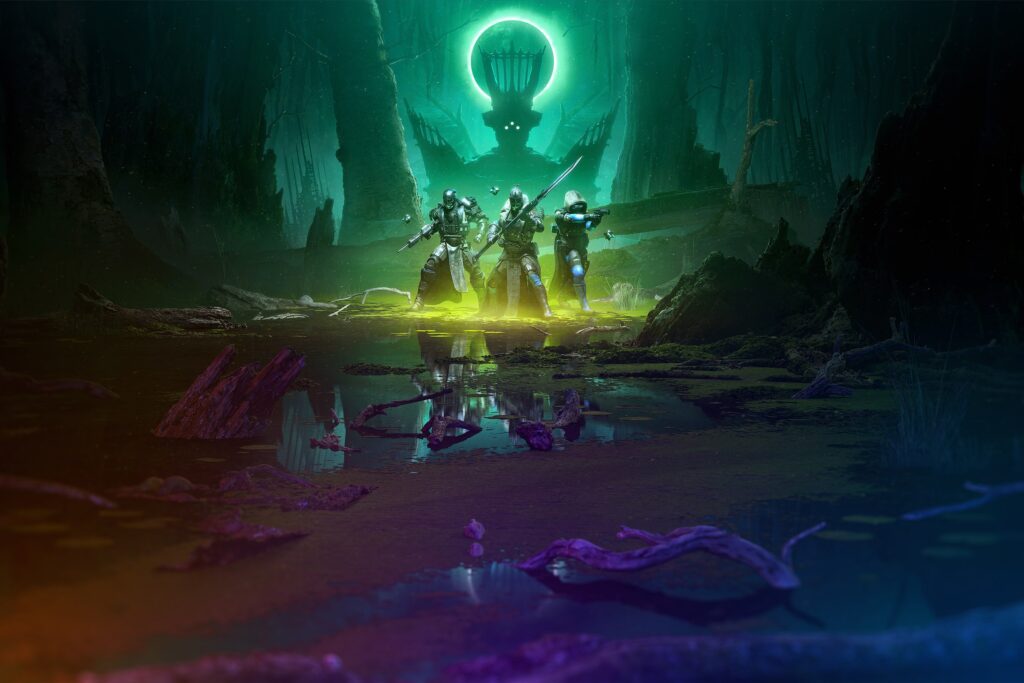The Art of Game Design: A Beginner’s Guide outlines the process of creating a game, starting with the initial concept and moving through development, testing, deployment, and maintenance. The article explains the key elements of game design, including game mechanics, gameplay, game elements, game narrative, art and graphics, and sound and music. It highlights the important role of the game designer in creating a game, and breaks down the game design process into several stages. The article provides tips for aspiring game designers, including starting small, balancing game elements, playtesting often, and staying up-to-date with technology.
The Art of Game Design: A Beginner’s Guide
Introduction
Games have become one of the most popular forms of entertainment across the world. From traditional board games and card games to video games and computer games, the gaming industry has evolved over the years. The process of creating a game is complicated, requiring creativity, technical skills, and a lot of effort. In this article, we will explore the art of game design and provide a beginner’s guide to creating games.
Understanding Game Design
Game design is the process of creating a game from scratch, starting with a concept and moving through development, implementation, testing, deployment, and maintenance. Game designers need to be creative, technical, and analytical, as the process of designing a game involves many different elements.
The Elements of Game Design
Game design includes several key elements, including:
- Game mechanics: the rules and systems that govern the game
- Gameplay: the overall experience of playing the game
- Game elements: the objects, characters, and environments that make up the game world
- Game narrative: the storyline, characters, and dialogue that make up the game’s story
- Art and graphics: the visual elements of the game, including character design, backgrounds, and animations/li>
- Sound and music: the auditory elements of the game, including sound effects and music
The Role of a Game Designer
The game designer plays a key role in the overall process of creating a game. They are responsible for developing the concept and vision for the game, designing the gameplay mechanics and balancing the game elements, creating the game’s narrative, and overseeing the development and implementation of the game.
The Game Design Process
The game design process can be divided into several stages, including:
Stage 1: Concept Development
In this stage, the game designer develops the initial concept for the game. This includes the game’s story, setting, and overall gameplay mechanics.
Stage 2: Pre-Production
During the pre-production stage, the game designer creates a detailed game design document that outlines the game’s mechanics, characters, environments, and overall goals.
Stage 3: Production
During the production stage, the game is developed, including the creation of all game elements, such as characters, environments, and sound effects.
Stage 4: Testing
During the testing stage, the game is thoroughly tested to ensure that it is functioning correctly and providing an enjoyable gameplay experience.
Stage 5: Deployment and Maintenance
The final stage involves deploying the game and providing ongoing support and maintenance to ensure that the game remains functional and enjoyable for players.
Tips for Game Designers
Here are a few tips for aspiring game designers:
- Start small: Begin with a simple game concept and work your way up to more complex designs.
- Balance is key: Ensure that your game is well balanced, with appealing game mechanics and elements.
- Playtest often: Regularly playtest your game with others to get feedback and refine the design.
- Stay up-to-date with technology: Keep up with new developments in game design technology and trends.
Conclusion
Game design is a complex process that requires creativity, technical skills, and a lot of effort. Understanding the basics of game design, including the different elements involved and the game design process, is a great starting point for aspiring game designers. By following these tips and continuously learning and adapting to new technologies and trends in the industry, anyone can design and create their own games.
